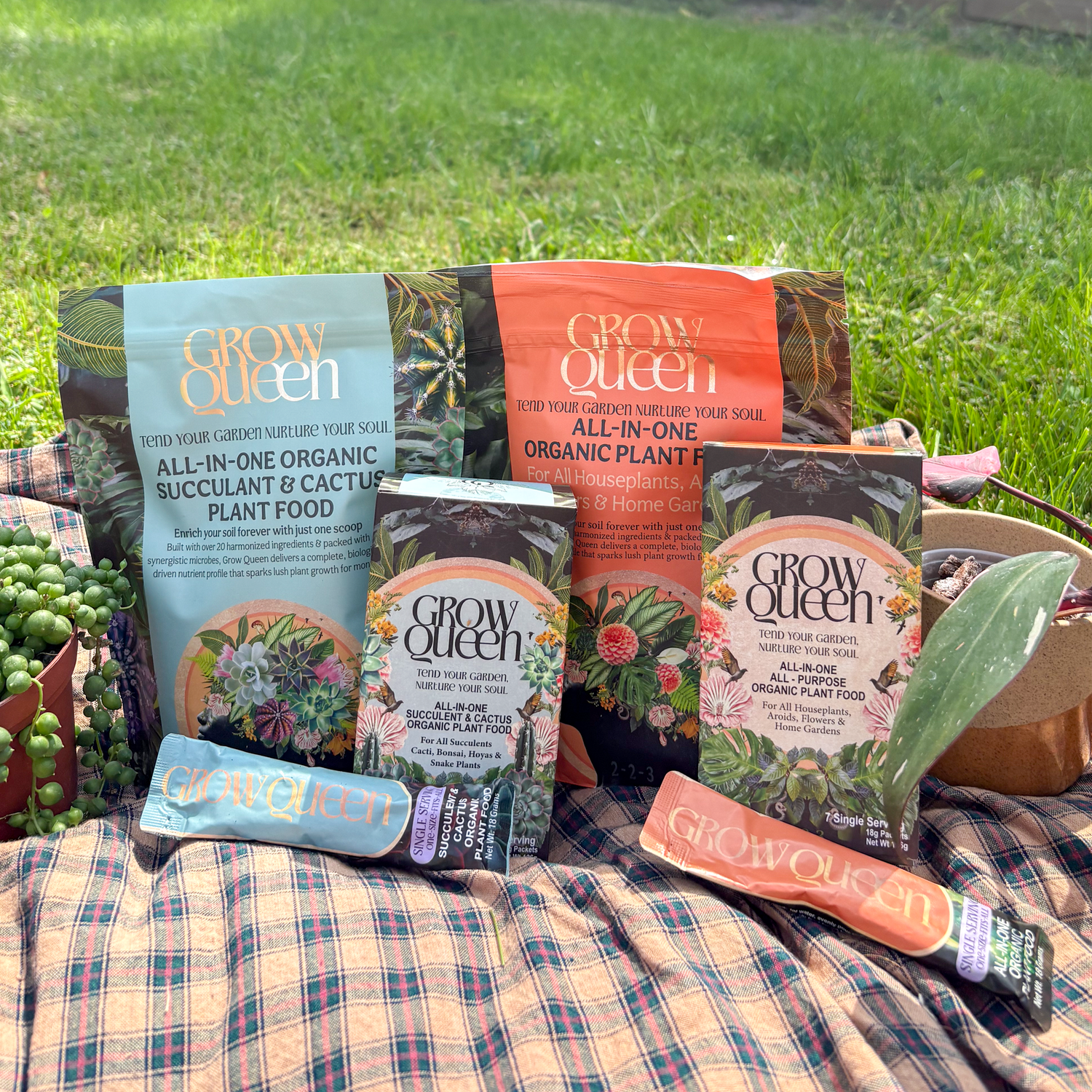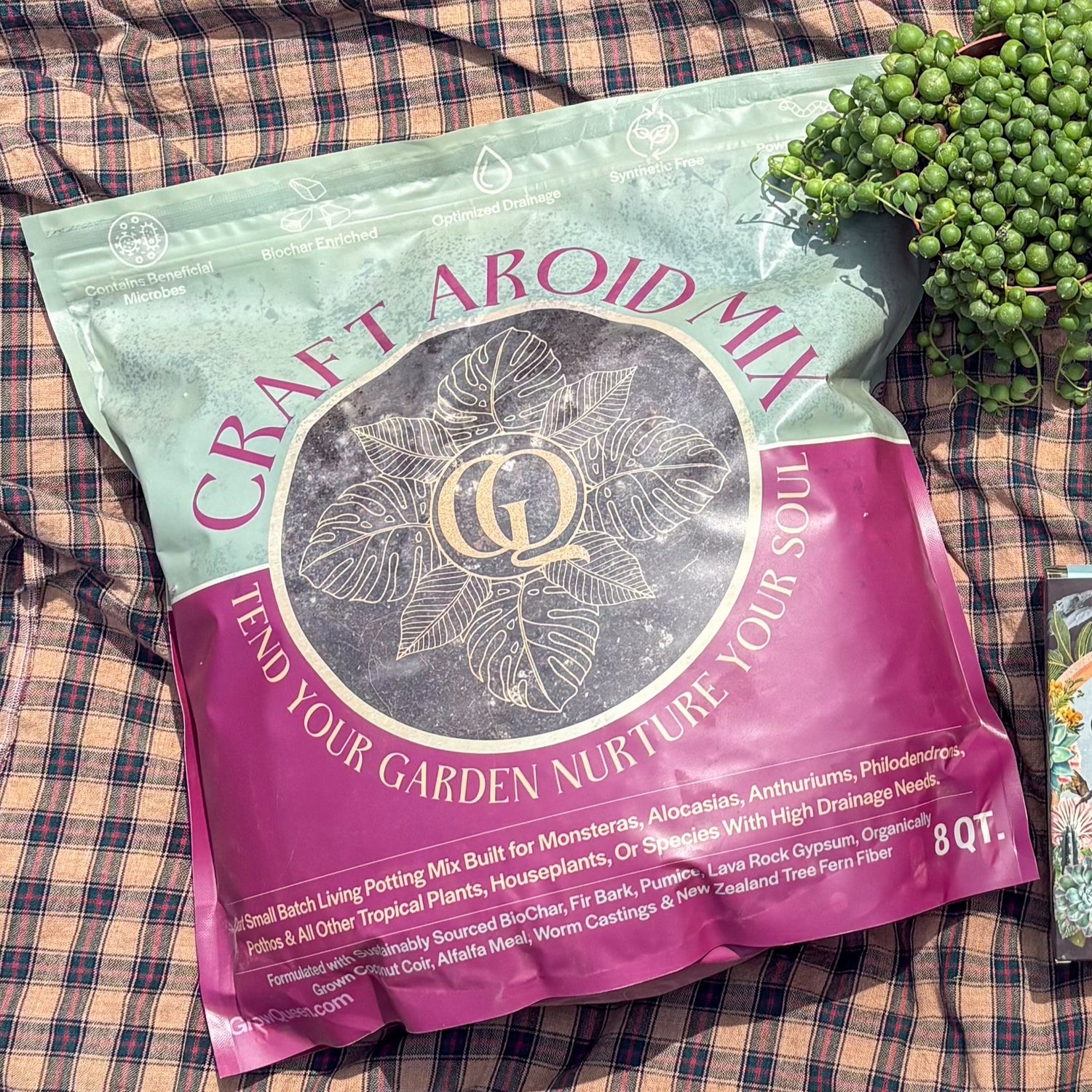Overview
Aechmea fasciata, commonly known as the Silver Vase or Urn Plant, is a popular bromeliad known for its striking appearance and relatively easy care. Native to Brazil, this plant features broad, silver-green leaves and a stunning pink flower spike with blue tips that can last for several months. Aechmea fasciata is an excellent choice for indoor gardens and can add a touch of tropical elegance to any home.
Lighting
Aechmea fasciata thrives in bright, indirect light. Here’s how to provide the best lighting conditions:
- Optimal Light: Place the plant near a window with filtered light. An east or west-facing window is ideal.
- Avoid Direct Sunlight: While it enjoys bright light, direct sunlight can scorch the leaves. If placing near a south-facing window, use a sheer curtain to diffuse the light.
- Low Light Tolerance: Aechmea fasciata can tolerate lower light levels but may not flower as readily. In low light, ensure the plant receives at least a few hours of indirect light each day.
Watering
Proper watering is crucial for the health of your Aechmea fasciata:
- Central Tank (Vase) Watering: Fill the central vase (rosette) with water. Refresh the water regularly to prevent stagnation and algae growth.
- Soil Watering: Water the soil lightly. The soil should be kept slightly moist but not soggy. Allow the top inch of soil to dry out between waterings.
- Humidity: Aechmea fasciata enjoys moderate to high humidity. If your home is dry, consider misting the plant regularly or placing a humidifier nearby.
Soil and Potting
Aechmea fasciata prefers well-draining soil:
- Soil Mix: Use a mix designed for bromeliads or orchids. You can also create your own mix with equal parts peat moss, pine bark, and perlite or sand.
- Potting: Use a pot with drainage holes to prevent water from sitting at the bottom. This helps avoid root rot.
Temperature and Humidity
Aechmea fasciata thrives in warm, humid environments:
- Temperature Range: Keep the plant in a temperature range of 60-80°F (16-27°C). Avoid exposing it to temperatures below 50°F (10°C).
- Humidity: Maintain a humidity level of 60-80%. If necessary, increase humidity by placing the pot on a tray filled with water and pebbles or using a room humidifier.
Fertilization
Fertilize Aechmea fasciata sparingly:
- Frequency: Feed the plant every 2-3 months during the growing season (spring and summer).
- Type of Fertilizer: Use a balanced, water-soluble fertilizer diluted to half strength. Apply directly to the soil or as a foliar spray.
Flowering
Aechmea fasciata flowers typically bloom once in their lifetime, usually in late spring or summer:
- Encouraging Blooming: To encourage blooming, you can place the plant in a bag with an apple for a few days. The ethylene gas released by the apple can stimulate flowering.
- Post-Flowering Care: After the bloom fades, the plant will produce offsets (pups). These can be left to grow or separated and potted individually once they are about one-third the size of the mother plant.
Pests and Diseases
Aechmea fasciata is relatively pest-resistant but can occasionally encounter problems:
- Common Pests: Watch for mealybugs, scale, and spider mites. Treat infestations with insecticidal soap or neem oil.
- Diseases: Overwatering can lead to root rot and fungal issues. Ensure proper drainage and avoid letting water sit in the vase for too long.
Repotting
Repot Aechmea fasciata when it becomes root-bound or to separate pups:
- Timing: The best time to repot is in the spring.
- Process: Gently remove the plant from its pot, separate any pups, and replant in fresh soil. Water lightly after repotting.



0 comments